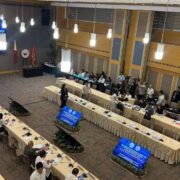Punjab sets up ‘smog war room’ to combat hazardous air
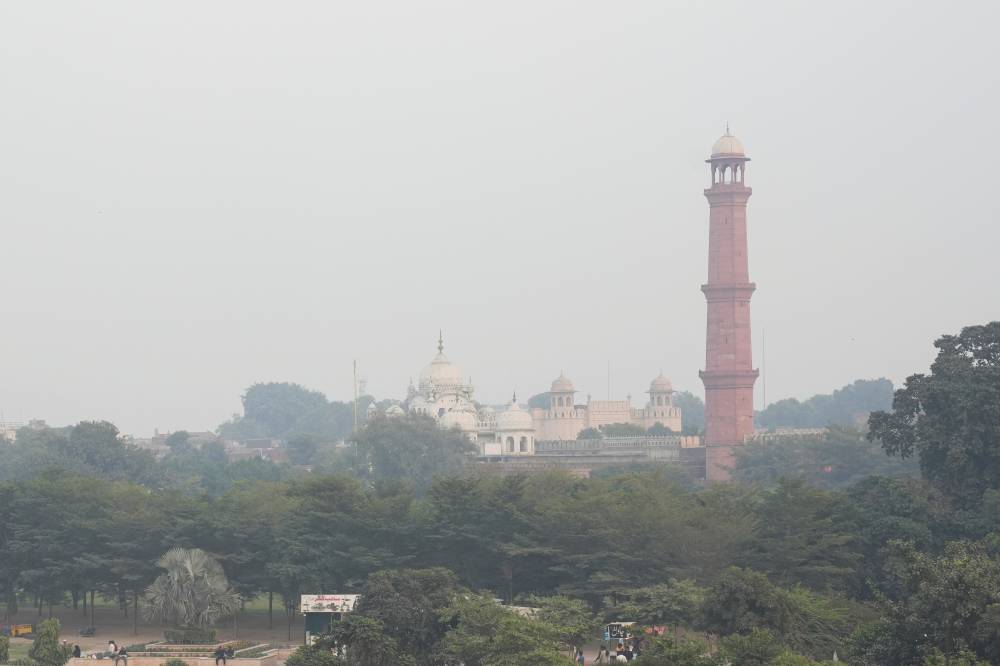
LAHORE — Pakistan’s Punjab set up a “smog war room” to tackle severe pollution, officials said, as poor air quality in Lahore pushed the capital of the eastern province to the top of the rankings as the world’s most polluted city.
Live rankings by Swiss group IQAir gave the city a pollution index score of 1165, followed by the Indian capital of New Delhi, with 299.
“The war room committee will review weather and air quality forecasts … daily and monitor the performance and actions of field officers,” said Sajid Bashir, a spokesperson for the province’s environment department.
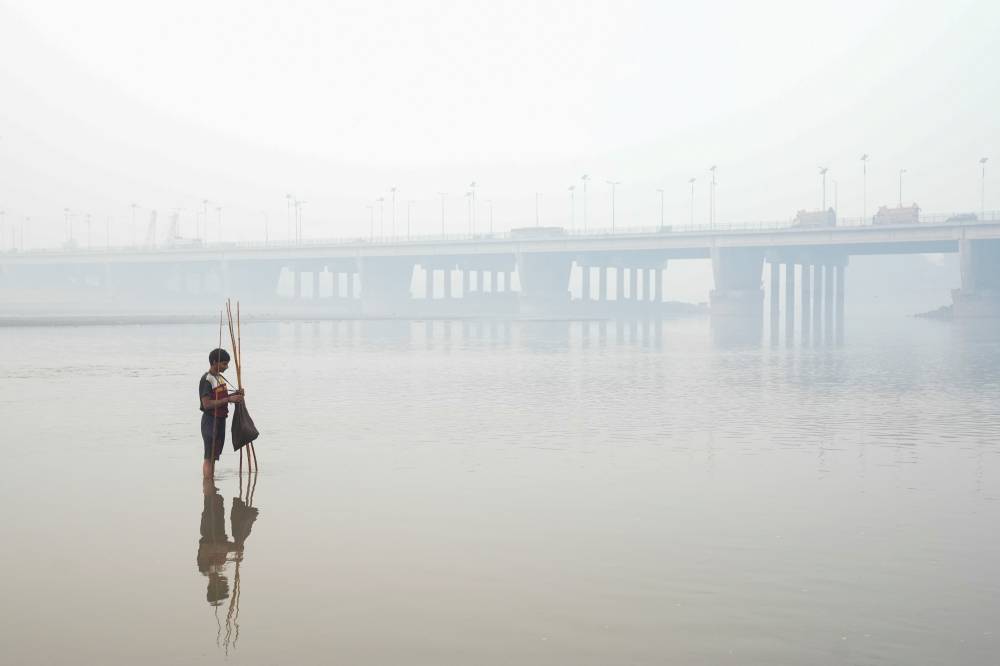
Officials told Reuters it brings together staff from eight departments, with a single person charged with overseeing tasks from controlling burning of farm waste to managing traffic.
Twice daily sessions will analyze data and forecasts to brief stakeholders on efforts to fight pollution, and issue daily advisories, they added.
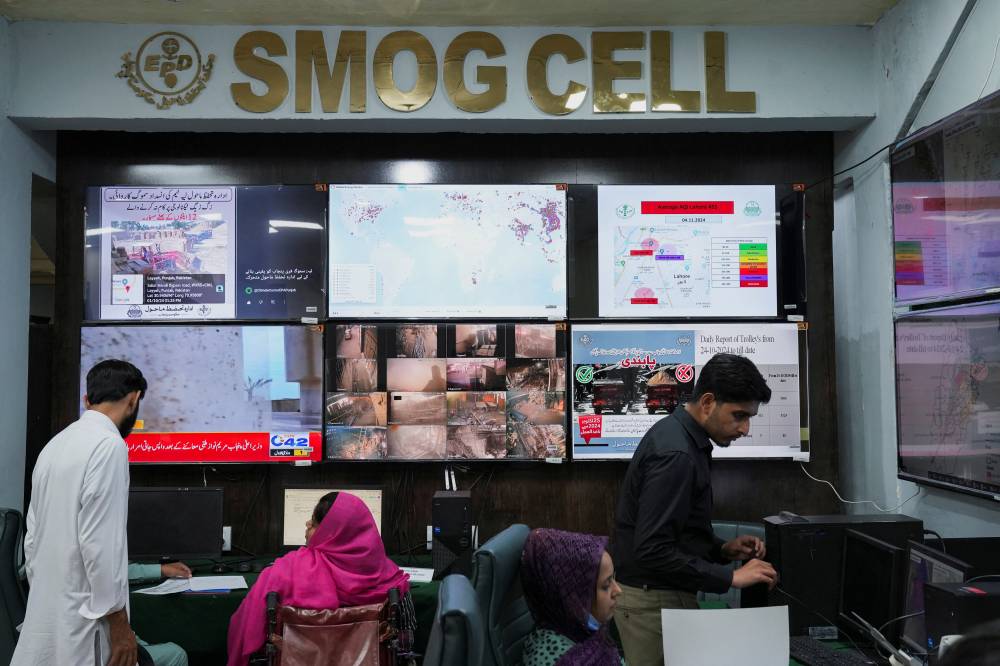
Winter pollution
But Wednesday’s index score for Lahore fell short of last week’s unprecedented score of 1900, which had exceeded recommended levels by more than 120 times, prompting closure of primary schools and orders to work from home.
At the time, Punjab’s senior minister, Marriyum Aurangzeb, blamed the toxic air on pollution drifting across the border with India just 25 km away. Northern areas of the neighboring nation are also battling severe pollution.
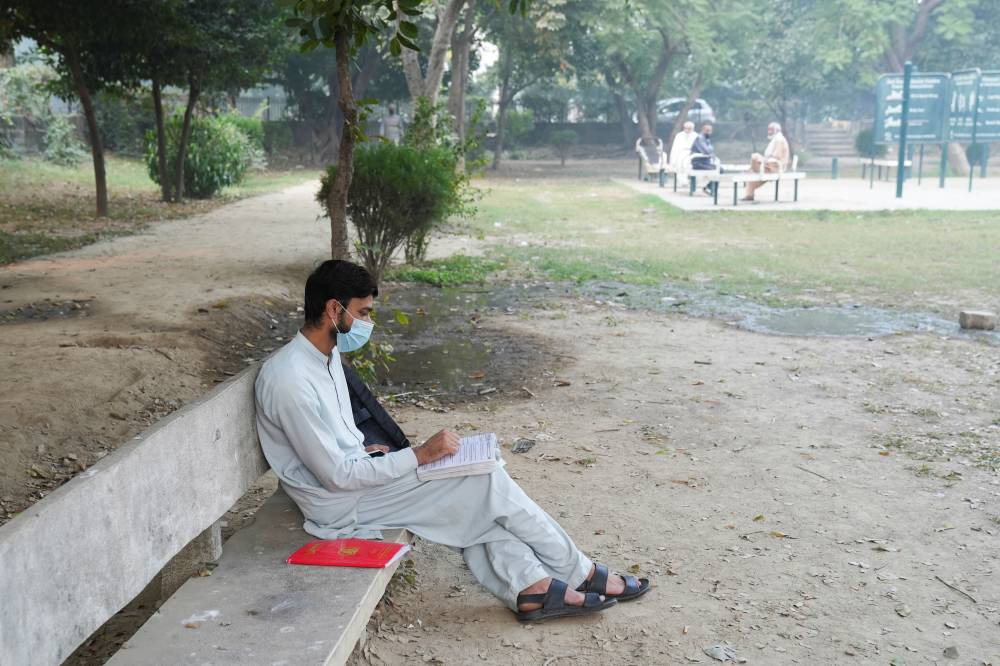
The Punjab government would ask Pakistan’s foreign office to take up the matter with India’s foreign ministry, she told the Indian Express newspaper in an interview published on Wednesday.
South Asia is shrouded in intense pollution every winter as cold air traps emissions, dust, and smoke from farm fires, while pollution could cut more than five years from people’s life expectancy in the region, a study found last year.
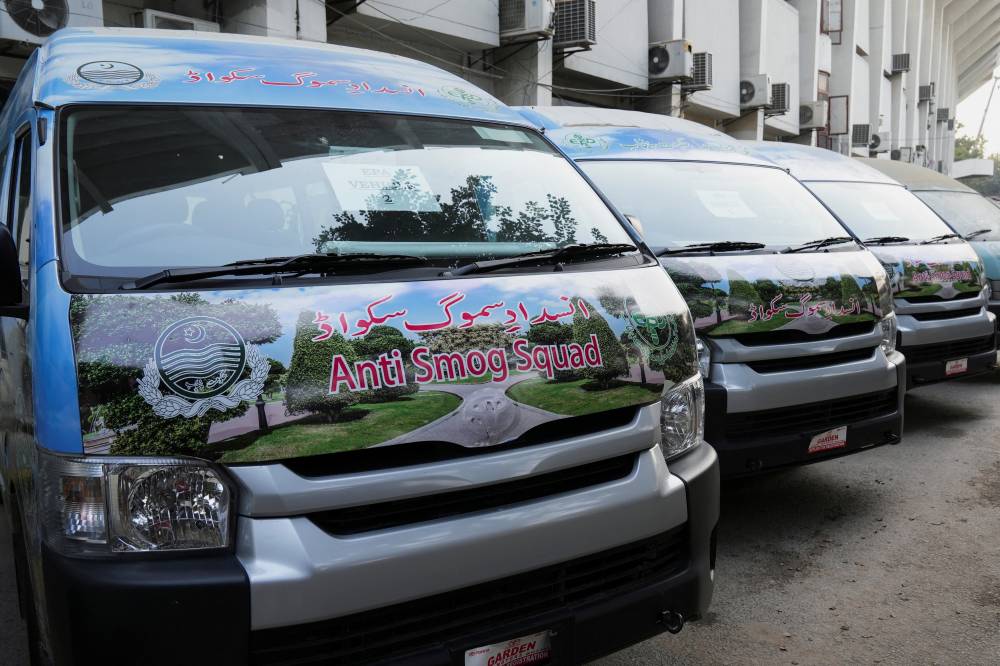
On Tuesday the environment minister of New Delhi, rated the world’s most polluted capital for four successive years by IQAir, said officials were looking to artificial rain to fight the problem this year.
Cloud seeding
Large swathes of north India battle pollution each winter as cold air traps dust, vehicle emissions and smoke from farm fires in the breadbasket states of Punjab and Haryana, shrouding the national capital and its suburbs in a toxic haze.
Cloud-seeding — the method of triggering rain by seeding clouds with salts — was considered to curb pollution in 2023 too but the plan did not materialize due to unfavorable weather conditions.
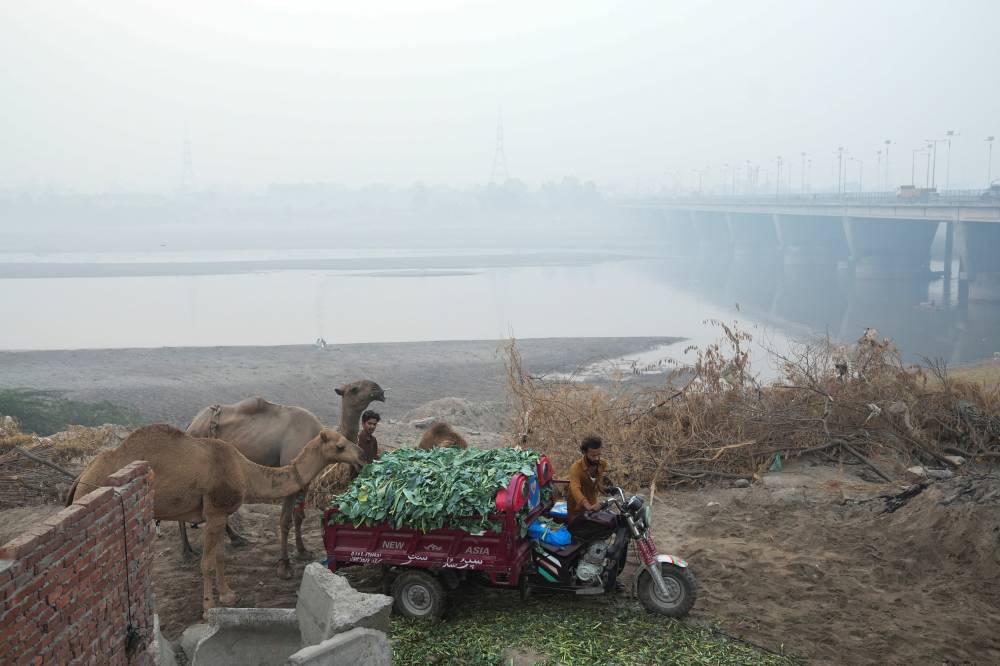
“I appeal to the federal environment minister…now in Delhi and north India, the pollution has reached the border of 400,” Environment Minister Gopal Rai told reporters, referring to the air quality index (AQI) score on Tuesday.
“The next 10 days are quite crucial…help us get permission for artificial rain, call a meeting,” he said.
About a third of Delhi’s 39 monitoring stations showed a severe AQI score of more than 400 on Tuesday, a level which affects healthy people but is more serious for those fighting disease.
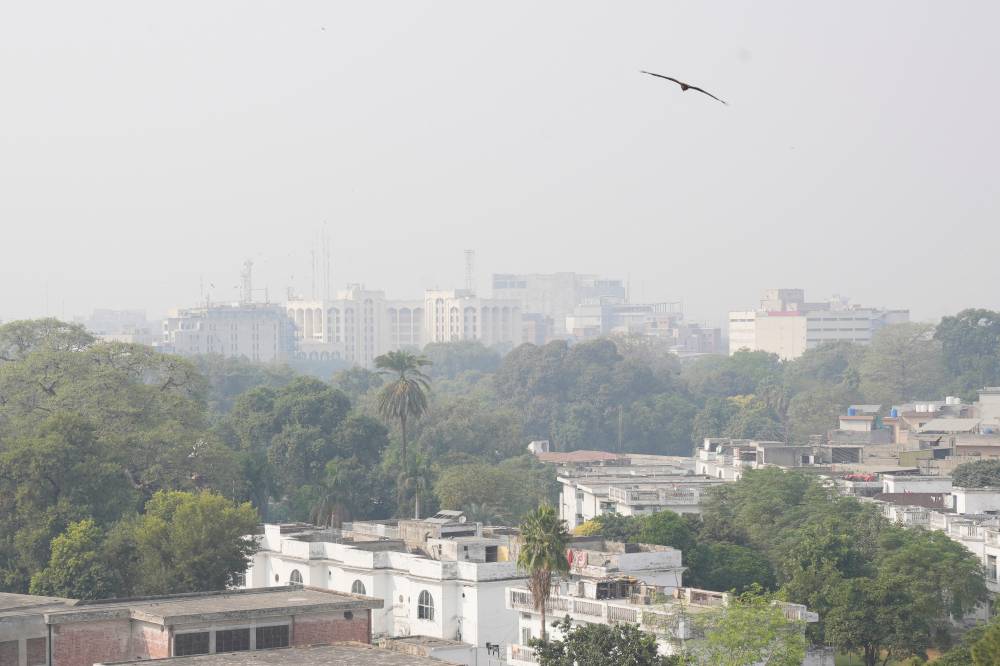
An air quality score of zero to 50 is considered good.
Doctors at private hospitals in Delhi and its suburbs said they had seen a spike in patients with respiratory illnesses since Diwali, the Hindu festival of lights celebrated last week, when revelers violated a ban on firecrackers.
“We are seeing more patients due to pollution related flare up of asthma, chronic obstructive pulmonary disease, and bronchitis. There is an approximately 20 percent – 30 percent increase in patients,” said Prashant Saxena, senior director for pulmonology at Fortis Hospital.

At C K Birla Hospital in industrial hub Gurugram, doctors are seeing more than 50 patients with pulmonary complaints every day, some of whom also need hospitalization, said Kuldeep Kumar, head of critical care and pulmonology.
Rising air pollution can cut the life expectancy of each person in South Asia by more than five years, the University of Chicago’s Energy Policy Institute (EPIC) said in its Air Quality Life Index last year.
Swiss group IQAir rated Delhi the world’s second most polluted city on Tuesday, after Lahore in neighboring Pakistan, where authorities also took emergency measures following Sunday’s unprecedented pollution levels.
The government in Pakistan’s eastern province of Punjab, home to Lahore, has blamed deteriorating air quality on pollution wafting in from India, an issue it has vowed to take up with its neighbor through the foreign ministry.
Reuters, the news and media division of Thomson Reuters, is the world’s largest multimedia news provider, reaching billions of people worldwide every day. Reuters provides business, financial, national and international news to professionals via desktop terminals, the world's media organizations, industry events and directly to consumers.













